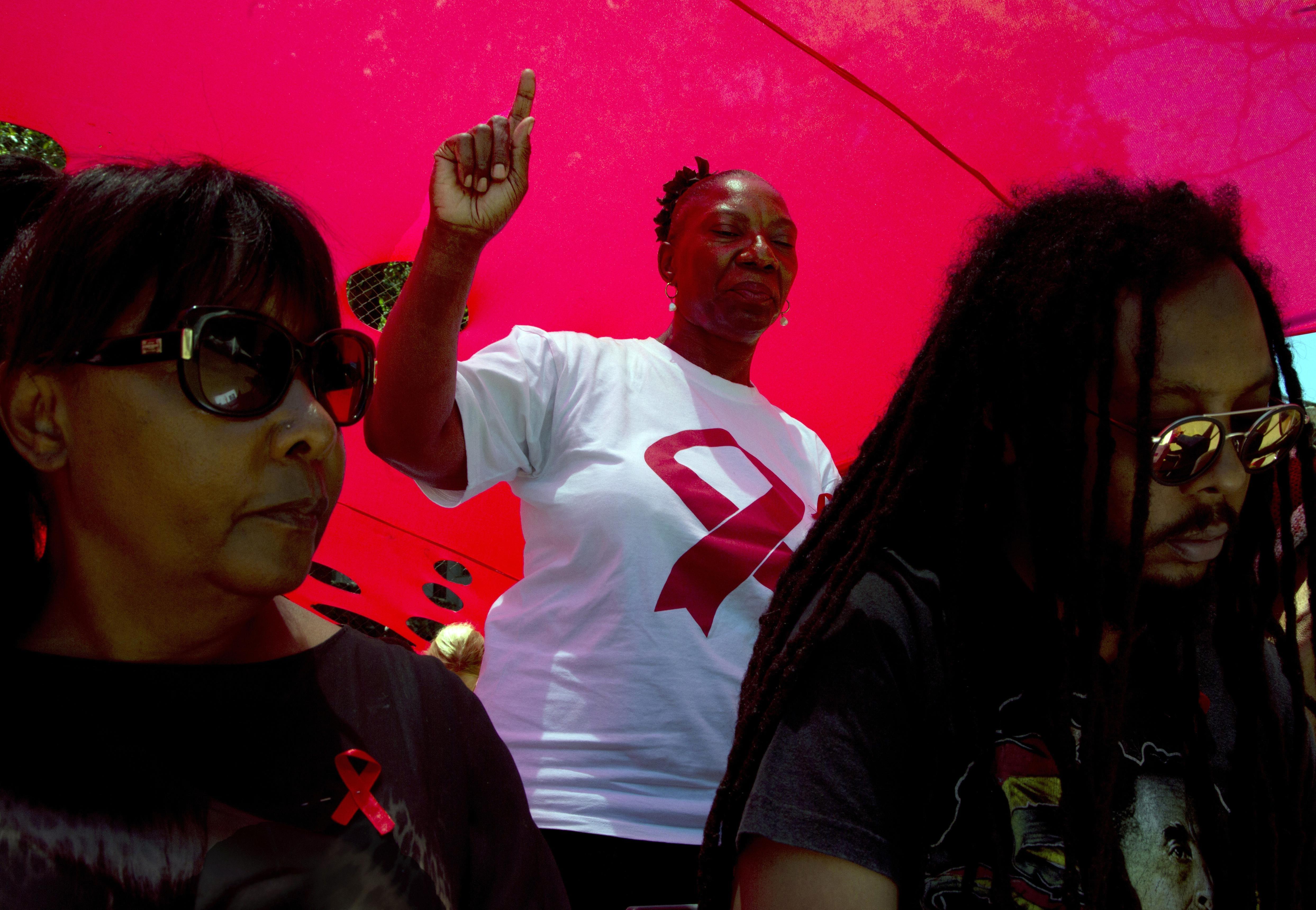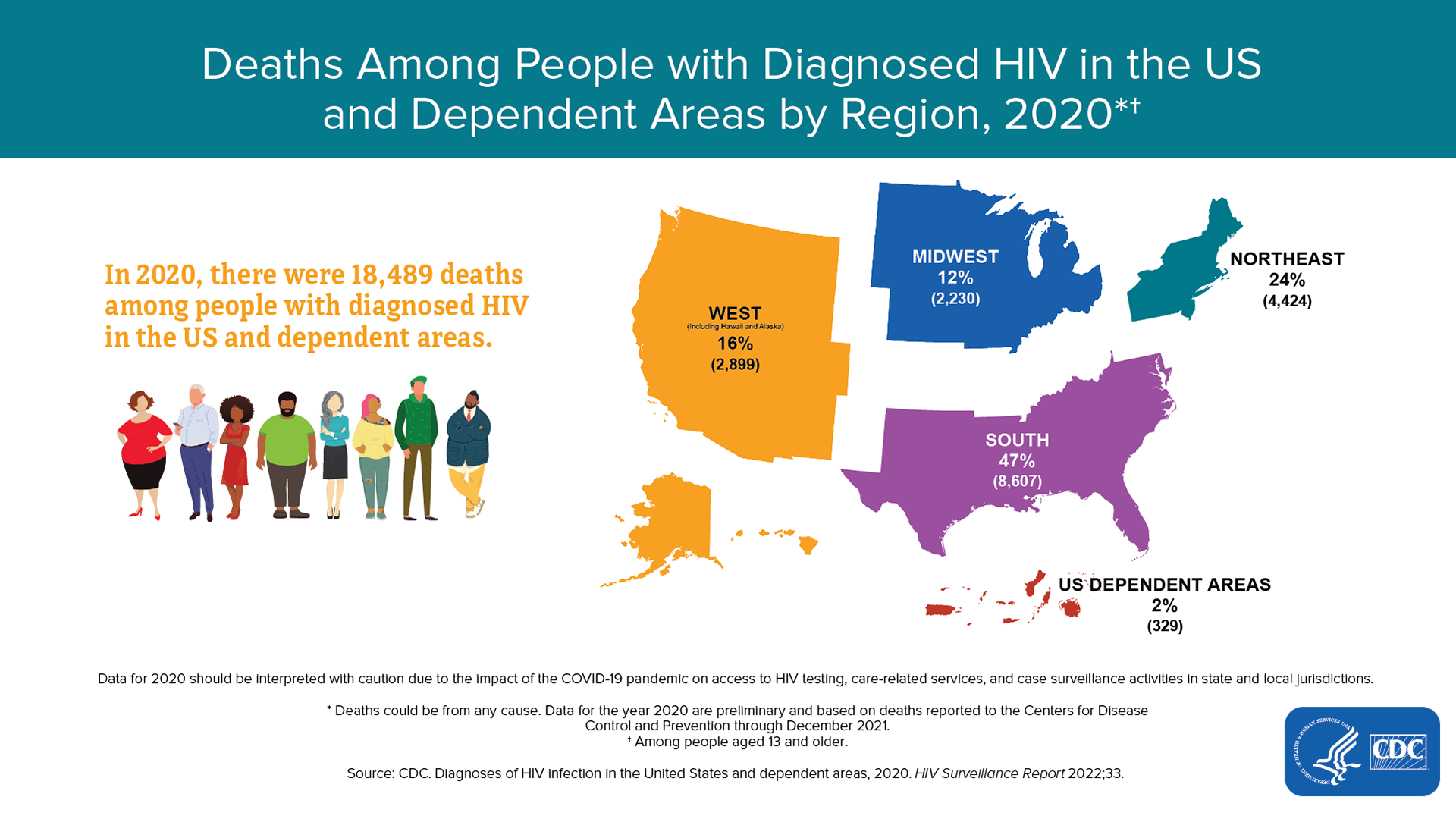In 2020, Mississippi had the fifth-highest rate of HIV diagnoses in the United States at 16.2 percent, more than 5 percent above the national average.
Public health efforts to both remove stigma and increase treatment accessibility have reached a national level over the last few decades. With that, developments in medical therapy and prevention have given many who are diagnosed with the disease hope of living a fuller life.
But the fruits of those programs have yet to gain traction in certain regions of the country, says Dr. Ben Brock, associate professor of medicine at the University of Mississippi Medical Center and a specialist in infectious diseases.
“The problem with rural America and places like Mississippi is that we did not enjoy the benefits of that therapy compared to more urban areas and affluent places,” he said. “We continue to have among the worst rates in the United States for HIV-related deaths or new HIV cases even today. It doesn’t have to happen.”
The CDC estimates roughly 13 percent of the country's population infected with AIDS aren't aware -- an occurrence many owe to healthcare impediments.
Brock says when those large-scale public health efforts to combat AIDS began, large disparities emerged where certain communities -- such as residents of the southeast, racial and ethnic minorities or those living in poverty -- did not enjoy the benefits when compared to affluent, white residents of large urban areas.





